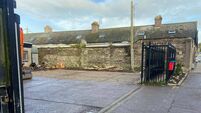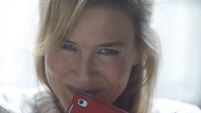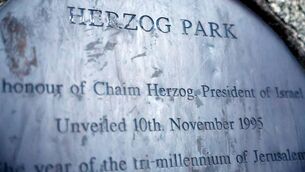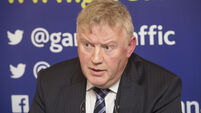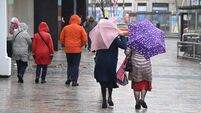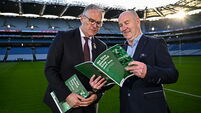Fr Reid, chaplain of the peace process

The main contributors to that process — Gerry Adams and Sinn Féin, Ian Paisley and the DUP, as well as SDLP leader John Hume and political leaders in Dublin and London — have never been shy about their role in the peace process.
But the real credit must go to those who worked behind the scenes. They remain the unsung heroes of peace, those who spent years enticing, cajoling, and finally persuading the paramilitaries on both sides that the ballot box was better than the bomb or the bullet.







